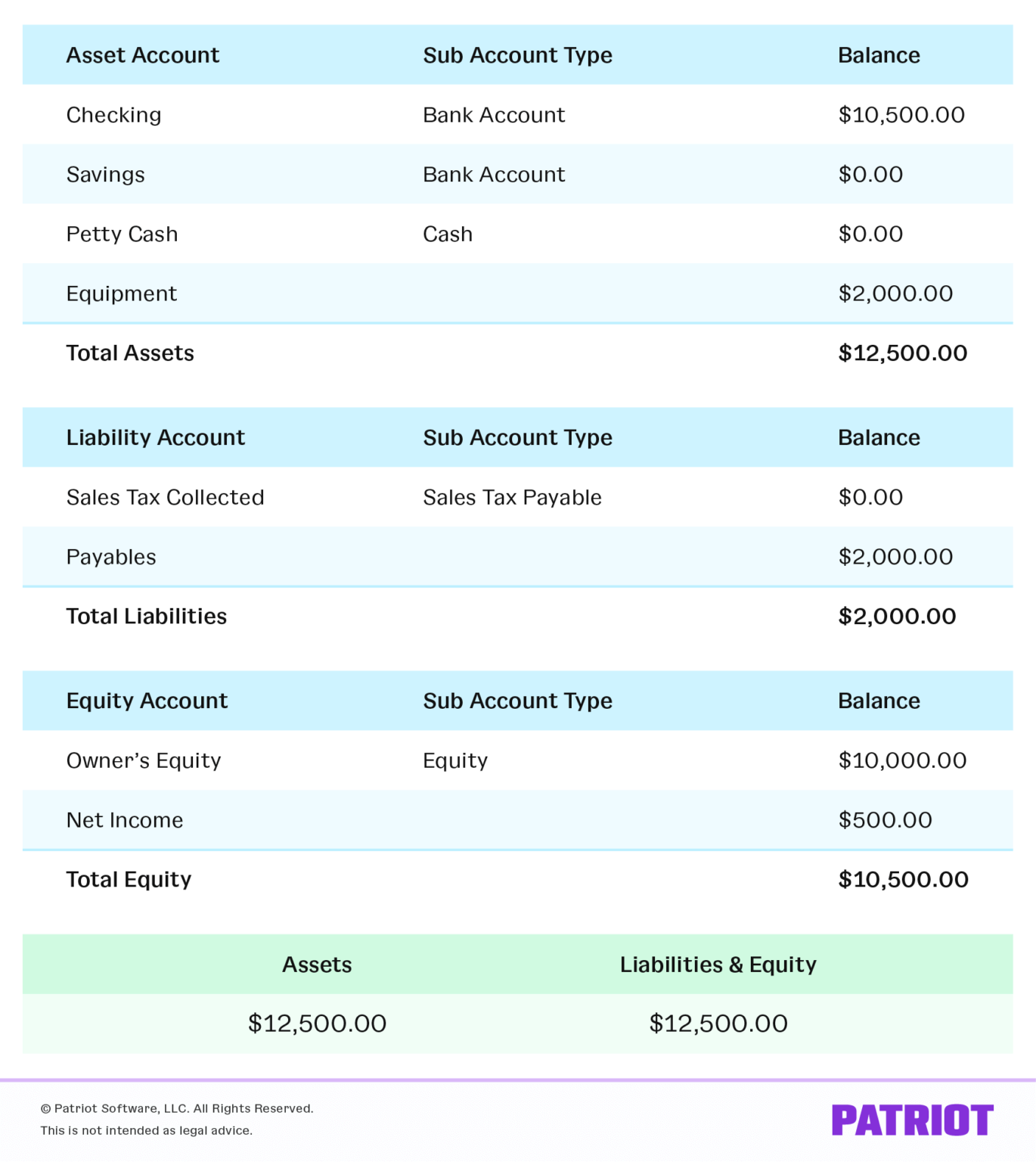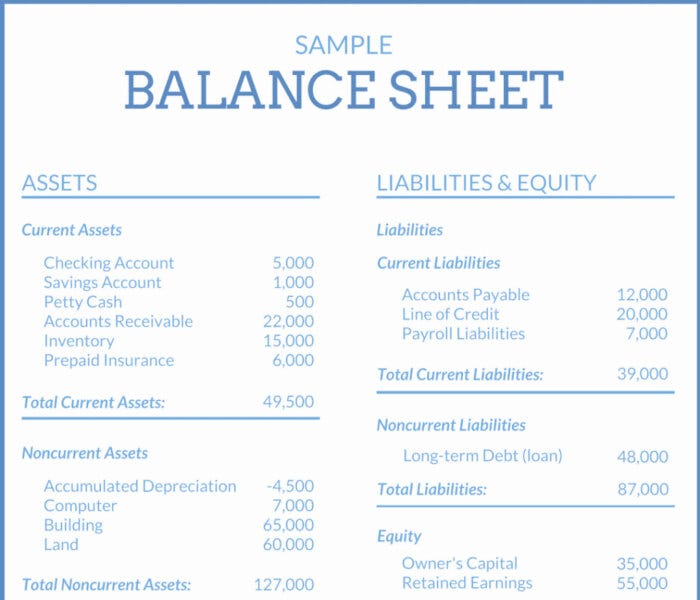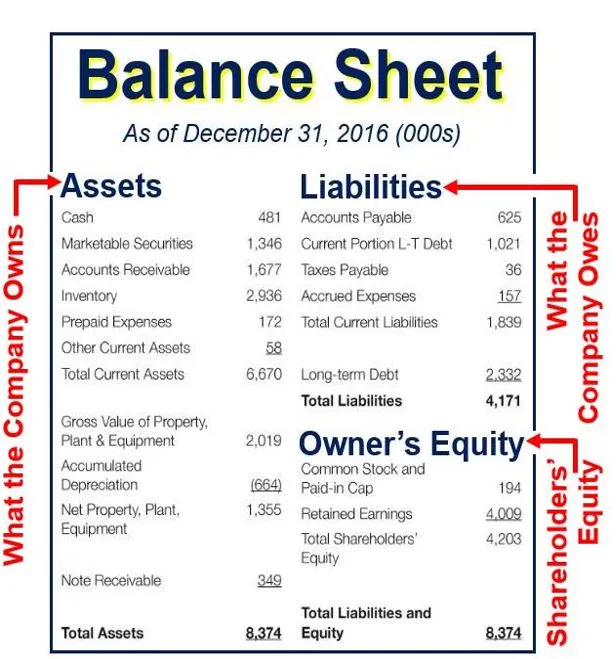Out Of This World Info About Equity And Liabilities Balance Sheet

The chart of accounts for a business includes balance sheet accounts that track liabilities and owners’ equity.
Equity and liabilities balance sheet. The balance sheet formula is a fundamental accounting equation that mentions that, for a business, the sum of its owner’s equity & the total liabilities is equal to its total assets, i.e., assets = equity + liabilities. The term balance sheet refers to a financial statement that reports a company's assets, liabilities, and shareholder equity at a specific point in time. You can think of equity as similar to liabilities because the equity holders and the debt holders provided the financing behind the assets, and they split the cash flows generated by the assets.
Liabilities and equity make up the right side of the balance sheet and cover the financial side of the company. Assets = liabilities + owners’ equity or, if you prefer to look at it in equity terms: But what do these words really mean?
To create a balance sheet, assets should equal liabilities plus equity (assets = liabilities + equity). Assets = liabilities + owners' equity.
The name balance sheet is based on the fact that assets will equal liabilities and shareholders' equity every time. Analysis of the balance sheet. Balance sheet equation is assets = liabilities + shareholders’ equity.
Balance sheets show assets, liabilities, and equity in a financial snapshot. Consistent with the equation, the total dollar amount is always the same for each side. In other words, the left and right sides of a balance sheet are.
Concept of assets in a balance sheet assets on a balance sheet refer to all tangible and intangible resources that a company owns and can use in its operations to generate revenue. The left side of the balance sheet outlines all of a company’s assets. From an accounting perspective, liabilities and equity balances are both shown on the credit side of the balance sheet.
It outlines an organization’s assets, liabilities, and equity, which provide detailed insight into its financial health. All the cash generated by the company belongs to someone on the right hand side of the balance sheet. Equity is the remainder value when liabilities are subtracted from assets.
As such, the balance sheet is divided into two sides (or sections). It's a summary of how much a company owns in assets, owes in liabilities and the difference of the two, which is shareholders' equity. 45,0005,000 shares outstanding) plant and equipment 180,000 additional paid.
Liabilities and equity make up the right side of the balance sheet and cover the financial side of the company. The balance sheet is based on the fundamental equation: And what do they have to do with your business?
Analysts should be aware that different types of assets and liabilities may be measured differently. However, the cost of liabilities (e.g., interest expense on borrowing) is deducted in the income statement as a financing cost. This typically means they can either be sold or used by the company to make products or provide services that can be sold.
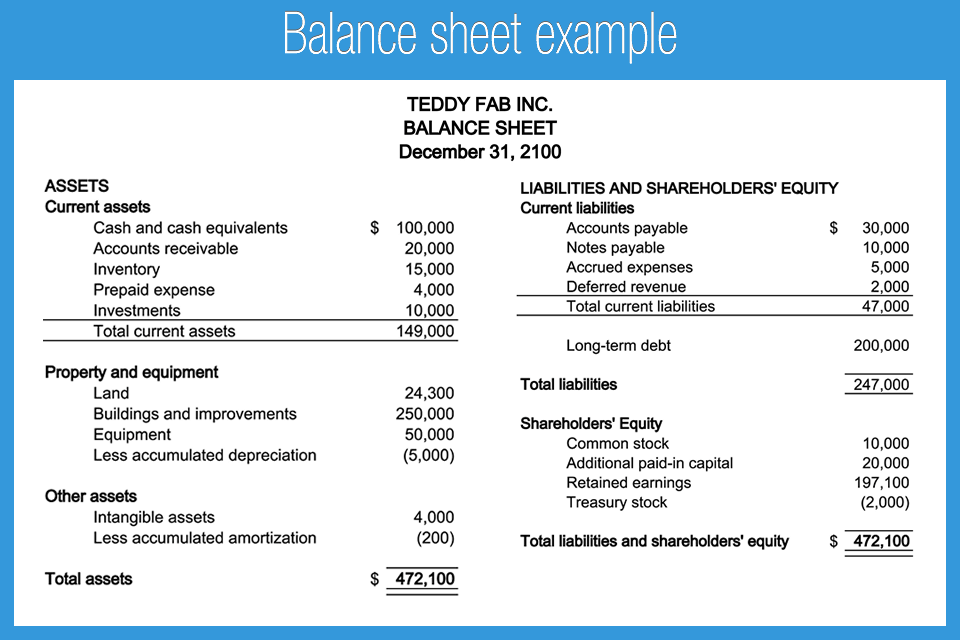
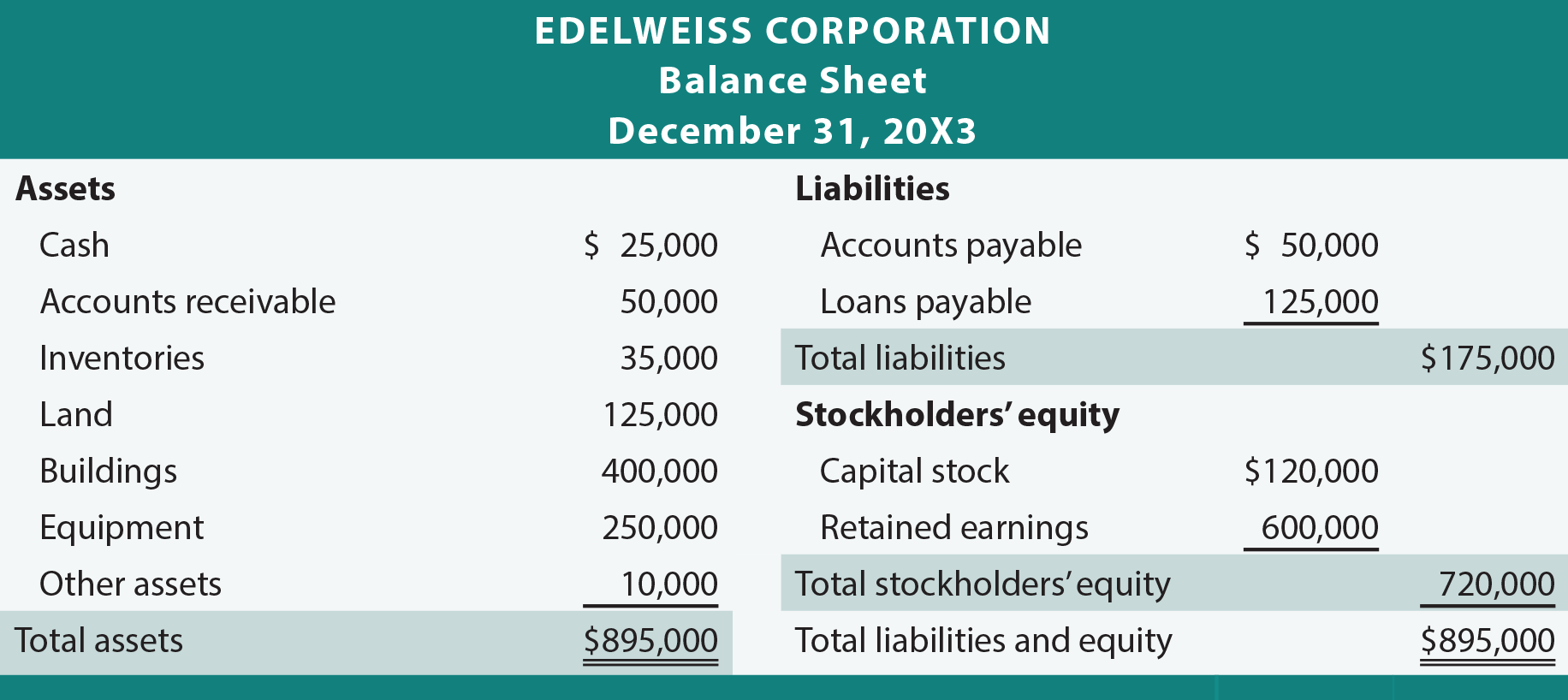

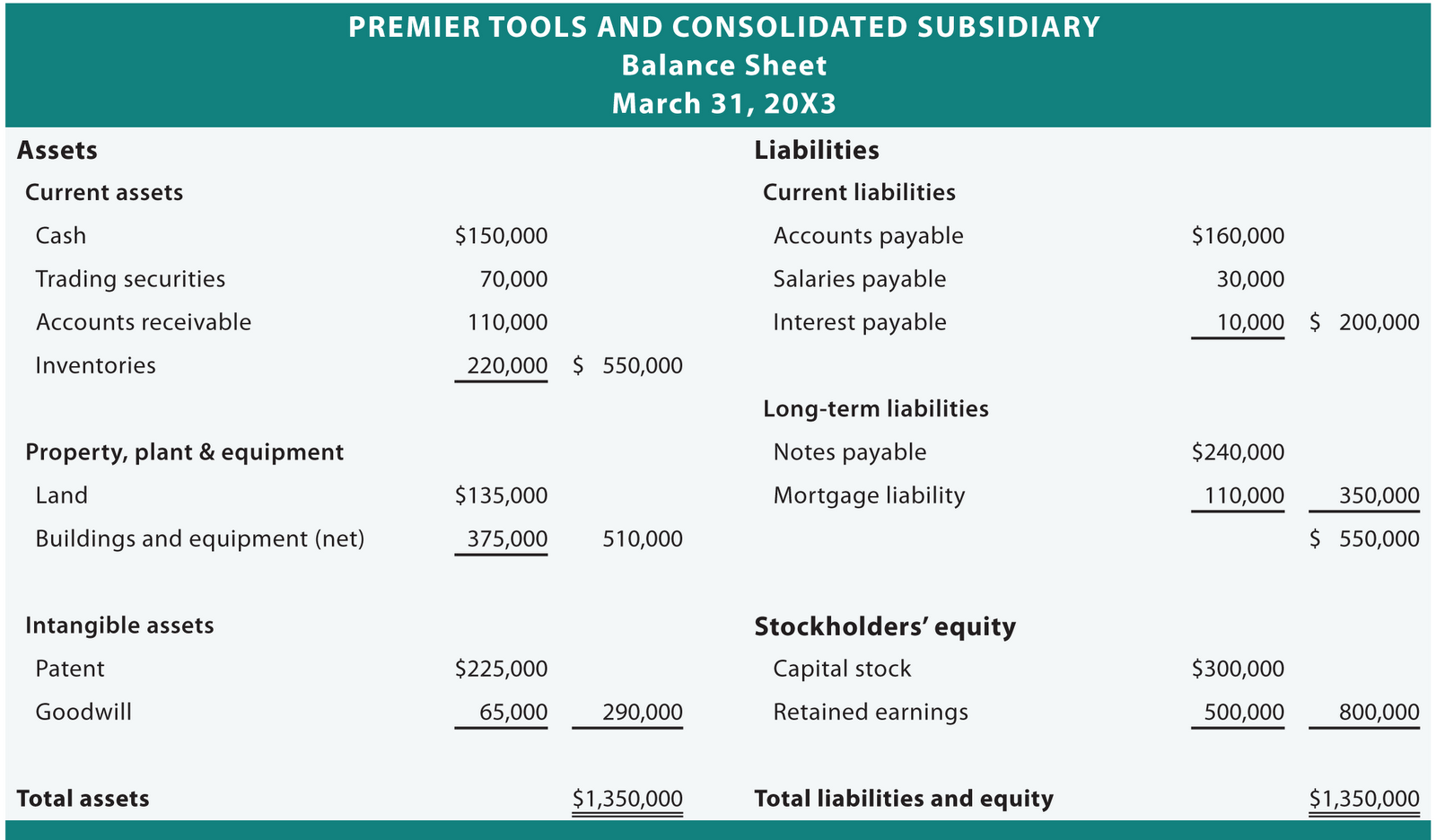
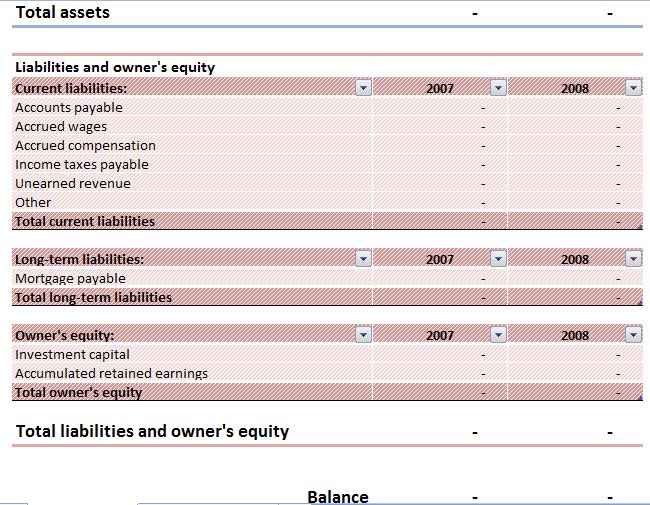



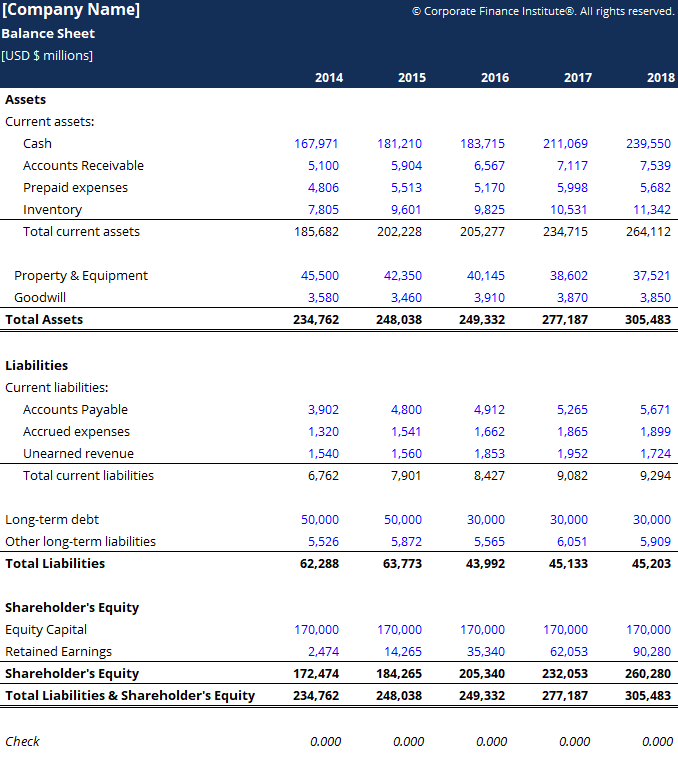
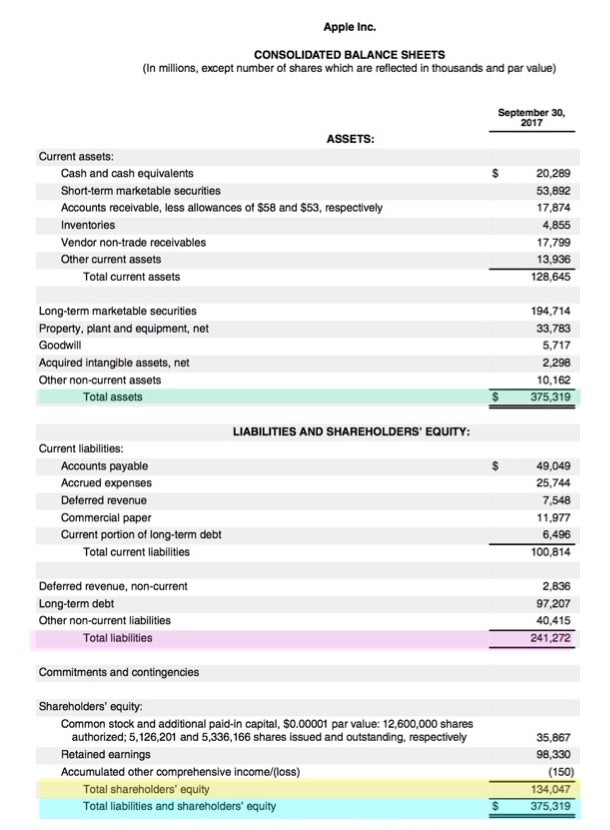

:max_bytes(150000):strip_icc()/phpdQXsCD-3c3af916d04a4afaade345b53094231c.png)
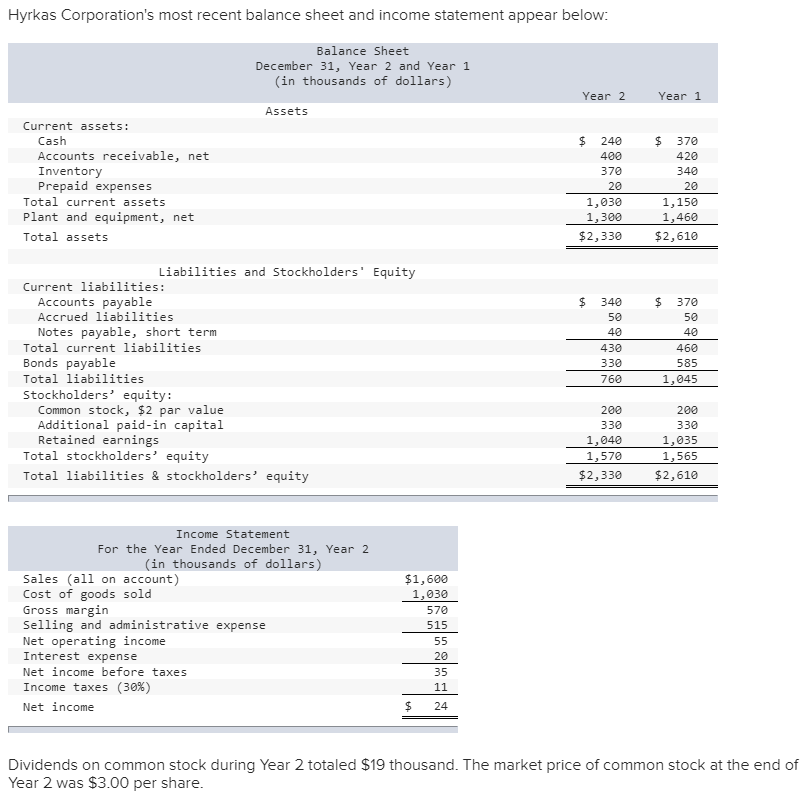
:max_bytes(150000):strip_icc()/dotdash_Final_Balance_Sheet_Aug_2020-01-4cad5e9866c247f2b165c4d9d4f7afb7.jpg)
